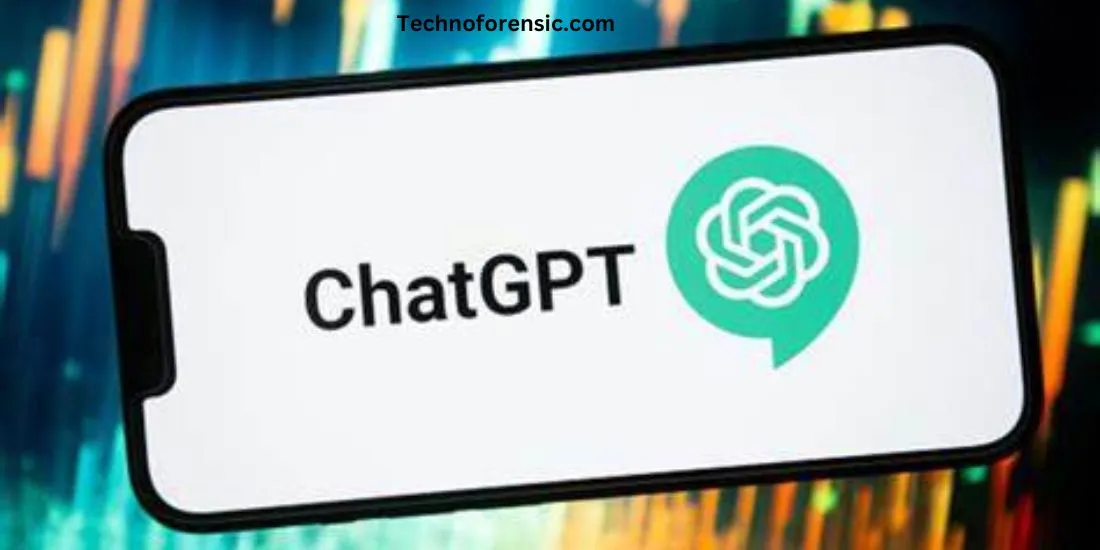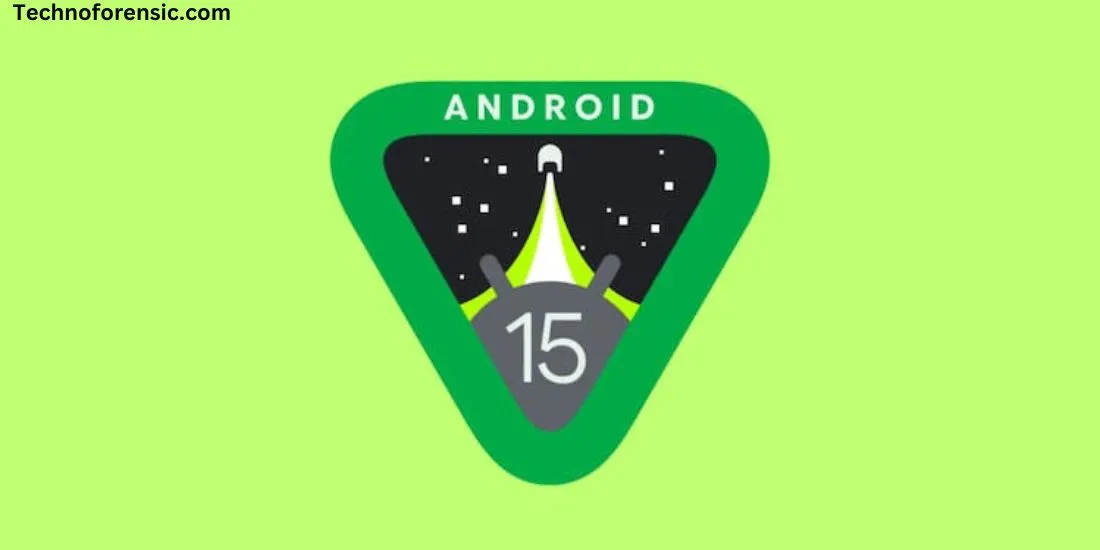Across sectors, artificial intelligence is progressing. Since announcing ChatGPT in November 2022, the San Francisco-based OpenAI has been in the lead. Although ChatGPT’s overwhelming popularity sparked a race among tech titans to include the greatest generative AI into their goods and services, later improvements and adjustments from OpenAI have allowed it to outperform all of its competitors.
The Sam Altman-led business introduced speech and visual capabilities for its popular chatbot on September 25. With the new functionality, users may now interact with the chatbot in an easy way by sharing photographs or having voice chats with it. This action by OpenAI is being taken for the first time.
“You may utilize ChatGPT in more ways in your life using voice and picture. While traveling, take a photo of a notable location and engage in a live discussion on what is intriguing about it. Take photographs of your pantry and refrigerator when you get home to choose what will be for dinner. You may also ask follow-up questions to get a step-by-step recipe. In a blog post announcing the launch of the service for ChatGPT Plus and Enterprise subscribers, the business advised parents to assist their children with arithmetic problems after dinner by snapping a picture, circling the problem set, and having it offer advice with both of you. Voice functions are now accessible on iOS and Android.
Google added multi-modality to its chatbot, Google Bard, in July in an effort to keep ahead of Microsoft-backed OpenAI, Anthropic, and many other competitors. The improvements to Bard included image analysis, other answer types, new languages, etc. But OpenAI has once again shown that it is the leader in AI innovation and a powerful force with ChatGPT Vision. When the chatbot first entered the public consciousness in November 2022, there was a comparable amount of enthusiasm about its new features as there is now around ChatGPT.

Table of Contents
How OpenAi new feature addition different from Google bard :-
Users may now speak with the chatbot using their voice or only by exhibiting photos, making the new speech and image feature unquestionably more user-intuitive. These dynamic interactions are seen as a turning point in AI since they might be useful in regular talks about things to see or ideas for meals depending on what’s in the kitchen. The innovative text-to-speech technology also allows audio production that sounds like human speech.
Related topic :- Chatgpt new ability can browse the internet for real time information
Although these features are absurd, OpenAI is deploying them cautiously and emphasizing safety and risk mitigation. The models based on vision are put to a lot of testing. Collaborations that improve accessibility, like ‘Be My Eyes’ for the blind, greatly increase the usefulness of the function. The leader in AI has emphasized transparency while noting potential errors in photos of people. The business claims to have taken steps to protect consumer privacy.

ChatGPT Vision as a competent programmer :-
Pietro demonstrated ChatGPT vision’s ability to create webpages and write code. He uses GPT-4 Vision to quickly write code from the image to the live webpage. He essentially posted a video of him providing a screenshot of a user interface and requesting ChatGPT to accurately duplicate it, generate code that he could later export, and import it into an IDE nearly immediately.
When he provided a snapshot of a SaaS dashboard and requested the bot to build code for it, another user, McKay Wrigley, did something similar. Within minutes, ChatGPT Vision went from a snapshot to a fully functional prototype. Later, Wrigley showed how prompting ChatGPT to produce code may be accomplished by displaying a snapshot of one’s team’s whiteboard session. There were around 10 million views of the video.
ChatGPT inner design :-

Pietro Schirano, a different AI specialist, has conducted various tests with ChatGPT Vision. Schirano tweeted a photo of his room and a question on how to make it better. The recommendations from ChatGPT included adding color, plants, lighting, art, and more.
Users may provide ChatGPT with additional information about themselves using the custom instructions feature so that it will be able to reply to questions more appropriately in the future. This is clear from the bot’s response, namely when it makes the suggestion that the user put some artwork to the walls because of their expertise in classical studies and the arts. They might be modern pieces or reproductions of historic artwork to create a combination of the old and new.



